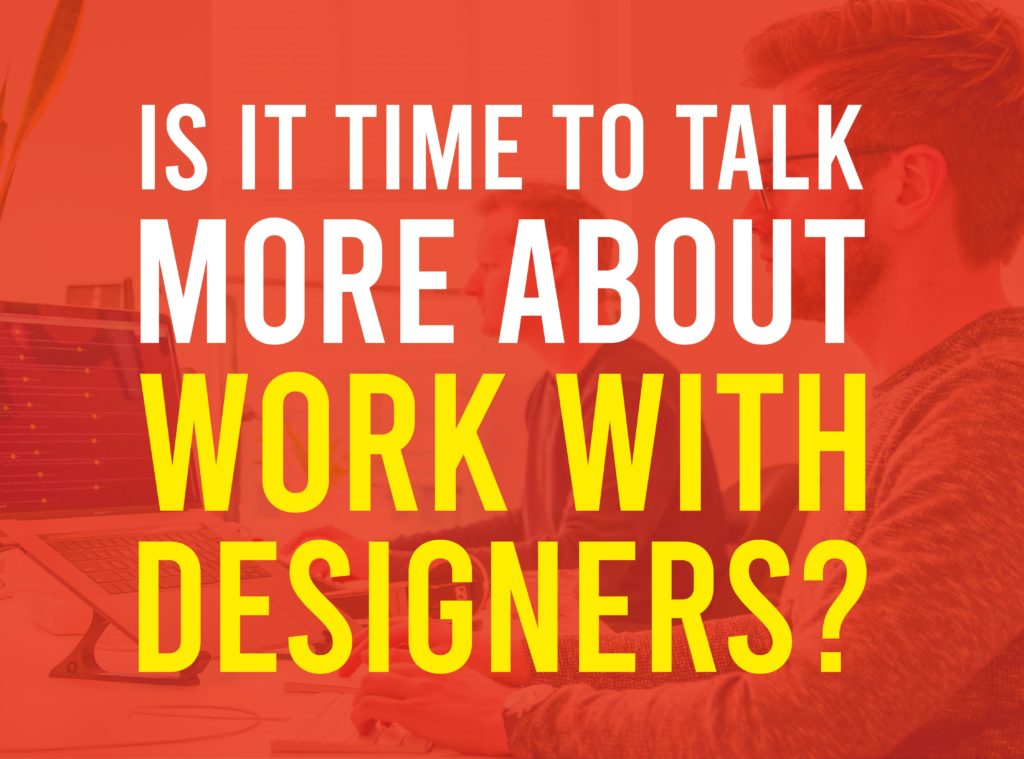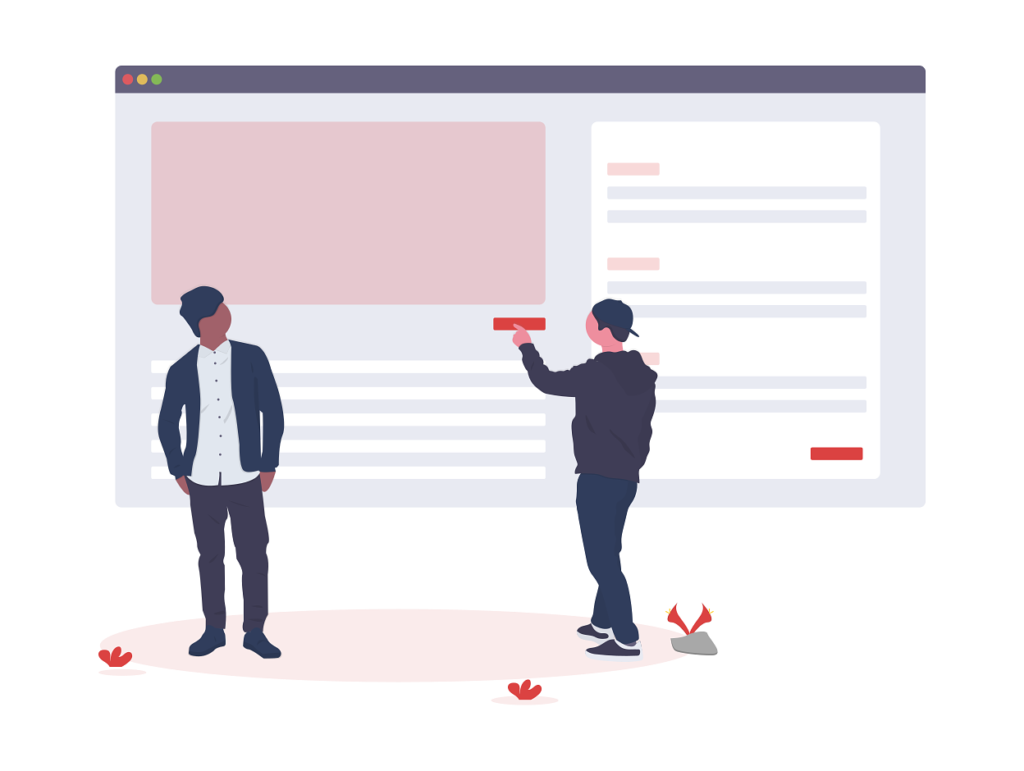This guide is especially for business owners and website owners who hire designers, but if you’re a designer maybe you’ll use a number of these points to start out a discussion together with your own team or as a part of an onboarding process for your clients.
My goal is to assist you save stress, money, and time, also as recover results which will benefit your business.
If you are feeling like your current project has gone sideways, don’t worry. it’s going to not be your fault. The designer’s role is additionally to guide you, ask the proper questions, and assist you undergo it.
So, here are a couple of quick tips…
#1. Define your goals.
One of the primary questions I always ask is, “What’s your goal?” Your designer must know what it means for your project to achieve success . If you would like to revamp your website, is it because you would like more sales, you would like to teach customers more about your products, or is it to only improve the mobile experience?
Your designer will probably ask you these questions during the initial call so it’s better to be prepared rather than arising with something off-the-cuff. the remainder of the project are going to be supported this one answer and I’m sure you would like to urge it right.
#2. Prepare your content and materials.
Get prepared to figure with a designer. Have your company’s brand assets (if you’ve got that clearly defined) able to send. this could include your original logo files, colors, typography, illustrations, photos, etc.
If you don’t have any of those , but you would like to stay to the present look, contact your previous designer and see if they will assist you put it all at once . there’s an opportunity your previous designer features a vector format of your logo and high-res versions of your images.
You don’t want to pay another designer to recreate your current logo in vector format and prepare all of your brand assets again.
If you’re getting to write your own marketing copy for the web site , start gathering that too. It doesn’t need to be final copy, but start producing some ideas, headlines, product descriptions, etc.
Your designer will assist you put that together into pages and provides you more suggestions that you simply can use to write down your final copy later.
#3. Book the project in your schedule too.
If you’re getting to book someone’s time to figure on your project, confirm you’ve got a reasonably clear schedule too. Try to not book any vacations or conferences during that point . you would like to be available to offer quick feedback to your designer.
Designers work best when they’re in their flow and therefore the project is fresh and exciting. That’s just the character of creative people, so if you would like your project to achieve success , accompany the momentum and help the project continue along as smoothly as possible.
Also, if you miss the project window that your designer reserved for you, don’t expect it to be finished anywhere near the estimated timeframe.
#4. Don’t say what to try to to . Say what you would like to realize .
This is one among the foremost common mistakes that clients make. they struggle to inform designers exactly what to try to to . It comes across as instructions and appears like clients want to possess input on every single decision.
By doing so, you’re removing the chance of getting someone else’s perspective – the person you’re paying – on the way to solve your problems and achieve your goals.
Do you see the difference? With the primary sentence, albeit it’s going to appear to be the proper solution to you, you’re giving instructions on what to try to to . With the second sentence, you’re saying what you would like to realize and giving your designer play to be creative and are available up with the simplest solution.
Your designer may come to you with some ideas and propose a floating email sign-up box up the corner with an incentive to check in . Perhaps you didn’t even consider that option before.
#5. Give constructive feedback.
Try to always give clear feedback in as few words as possible. Get to the purpose and remember how it’s more important to mention what you would like to realize vs. what to try to to .
If you don’t accept as true with a number of the choices that your designer made, ask why first rather than just criticizing it. There could also be a very good reason why it had been designed this manner .
I usually leave tons of notes and comments around bigger ideas in my designs, but there are still certain things that appear natural to me so I fail to elucidate them. It’s always good to possess an opportunity to defend it before the client makes up their mind and needs to completely change it.
#6. Trust your designer.
Don’t hire someone you don’t trust. this is often one among the explanations why experienced designers charge tons of cash for his or her work. They reduce the danger of your project failing so you’ll put your faith in them.
Feedback from your team will usually be supported their own taste: “I don’t like blue,” “I like curly fonts,” “I read that the Buy Button should be orange,” etc. this is often a recipe for disaster and can turn your design project into a multitude .
You can invite feedback from your team, but don’t let your project become a “design by committee.” Ask your team to focus more on the goals than the visual aspects.


